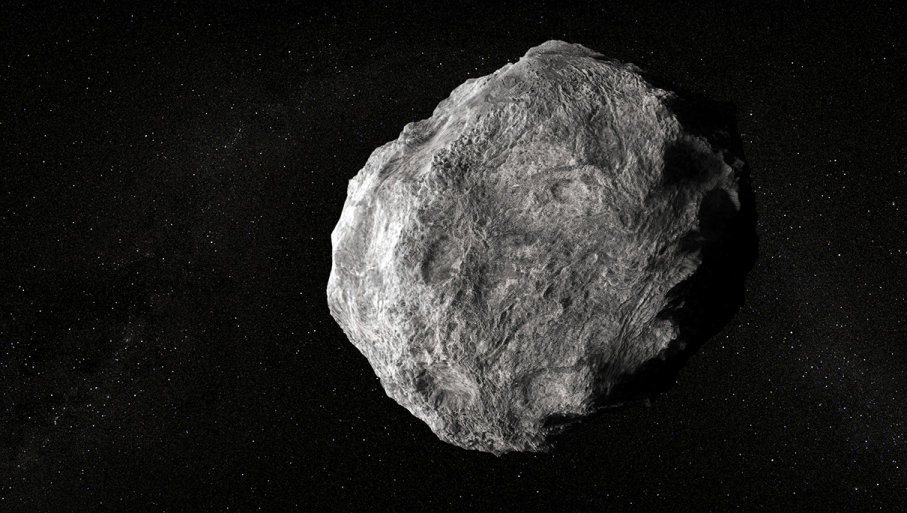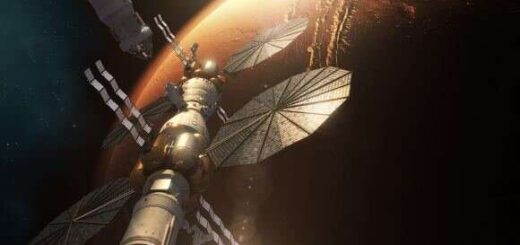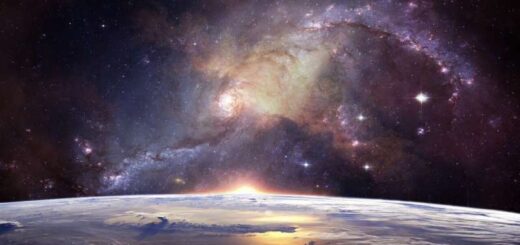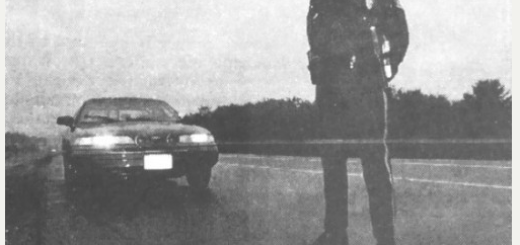Massive Asteroid Passing Near Earth in September, But Don’t Freak Out

If you thought the Aug. 21, 2017, solar eclipse was the only big celestial event of the summer, here’s another one for you. On Sept. 1, 2017, a massive asteroid named Florence, which measures 2.7 miles (4.3 kilometers) across, will pass relatively near to Earth, at an approximate distance of 4.4 million miles (7 million kilometers).
If that sounds scary enough to be the premise of a big-budget Hollywood disaster flick like 1998’s “Armageddon,” though, it’s time to take the proverbial chill pill. True, Florence is the biggest asteroid to pass by Earth since the first near-Earth asteroid was discovered more than a century ago, according to NASA’s Center for Near-Earth Object Studies (CNEOS). But Florence won’t collide with Earth. In fact, at its closest, Florence will be about 18 times as far away as the average distance between Earth and the moon. Scientists are confident about that, because Florence’s orbit has been studied for years, and its path is well known by now; CNEOS has been at its task of tracking similar objects since 1998.
diagram of earth, moon and asteroid
The closest the asteroid Florence will come to Earth is approximately 4.4 million miles (7 million kilometers), or about 18 times the average distance between Earth and the moon.
NASA/JPL-CALTECH
That’s why, instead of hitting the panic button, astronomers are excited about the opportunity to get a good look at a celestial body that they still don’t know much about. They’re hoping to take the first high-resolution pictures of Florence’s surface, which may reveal topographical features at least 30 feet (10 meters) across.
For amateur stargazers, Florence is a bonus. As it nears the Earth in late August, it’s expected to brighten to the ninth magnitude (meaning it will appear brighter than many planets and stars in the night sky), making it visible to small telescopes as passes through the constellations Piscis Austrinus, Capricornus, Aquarius and Delphinus.
If you miss Florence, it’ll pass by Earth again on its predictable orbit through our solar system — but you’ll have to wait a while to get this good of a view of it. The asteroid won’t be coming this close again until around the year 2500.



 Creators of mankind
Creators of mankind Description of “Tall white aliens”
Description of “Tall white aliens” Where they came from?
Where they came from? About hostile civilizations
About hostile civilizations The war for the Earth
The war for the Earth “Tall white aliens” about eternal life
“Tall white aliens” about eternal life Video: “Nordic aliens”
Video: “Nordic aliens” Aliens
Aliens Alien encounters
Alien encounters The aliens base
The aliens base UFO
UFO Technology UFO
Technology UFO Underground civilization
Underground civilization Ancient alien artifacts
Ancient alien artifacts Military and UFO
Military and UFO Mysteries and hypotheses
Mysteries and hypotheses Scientific facts
Scientific facts


















